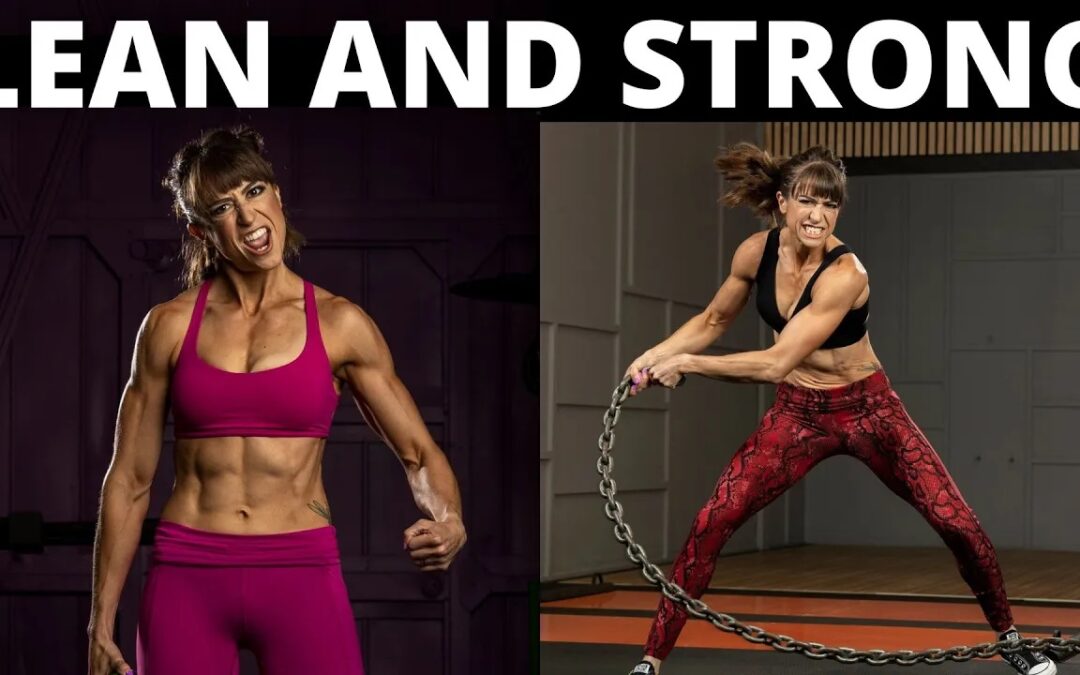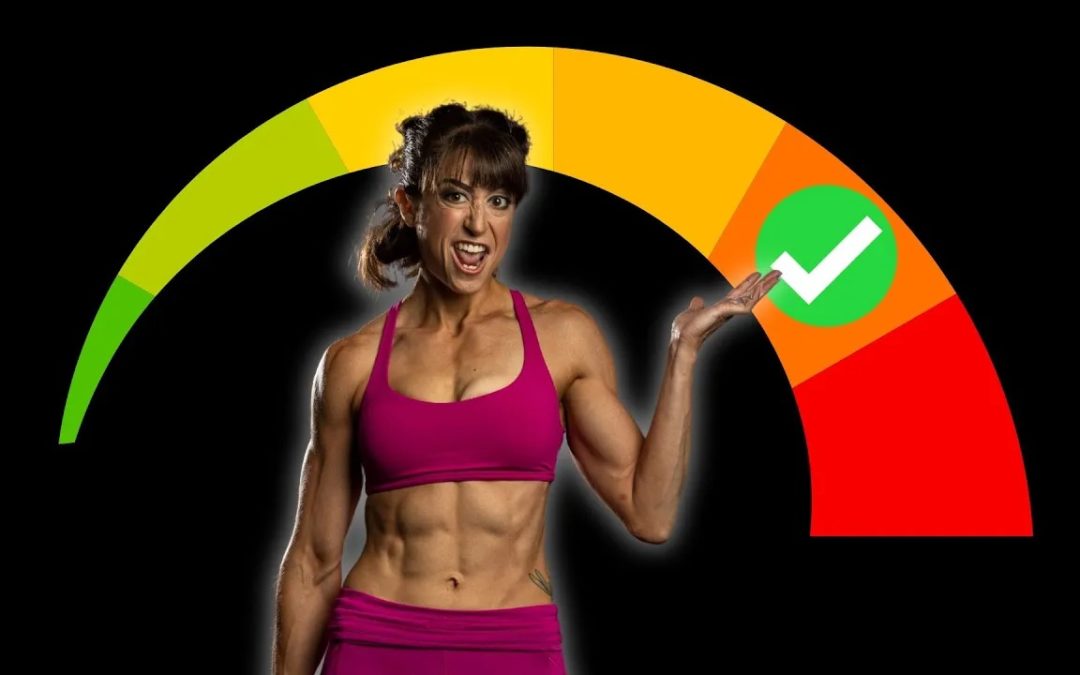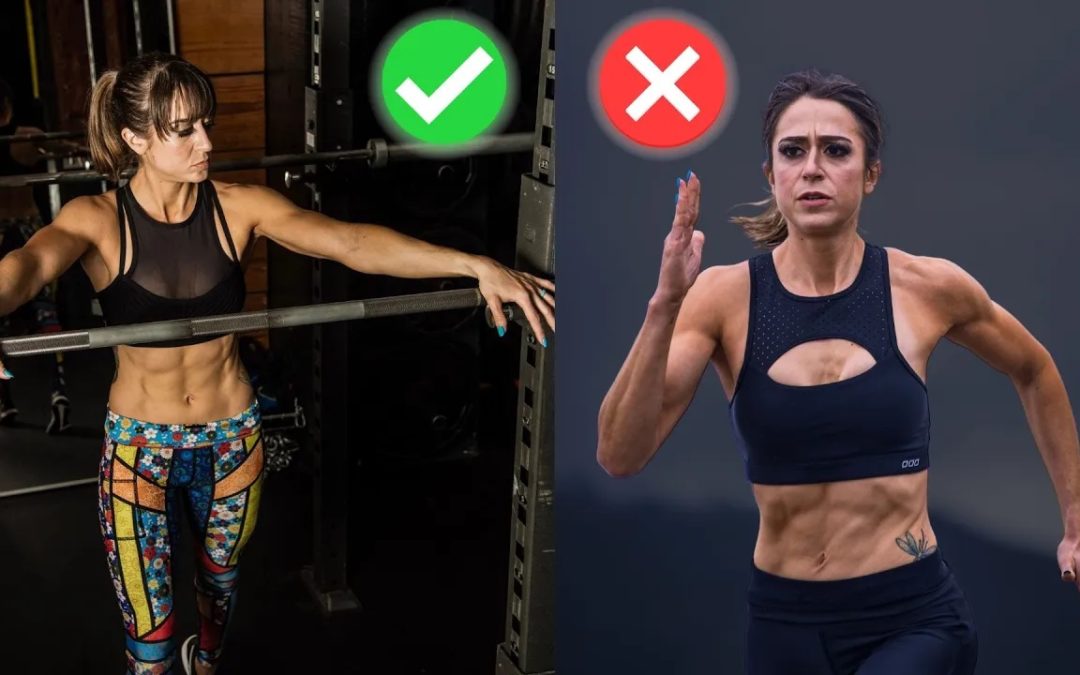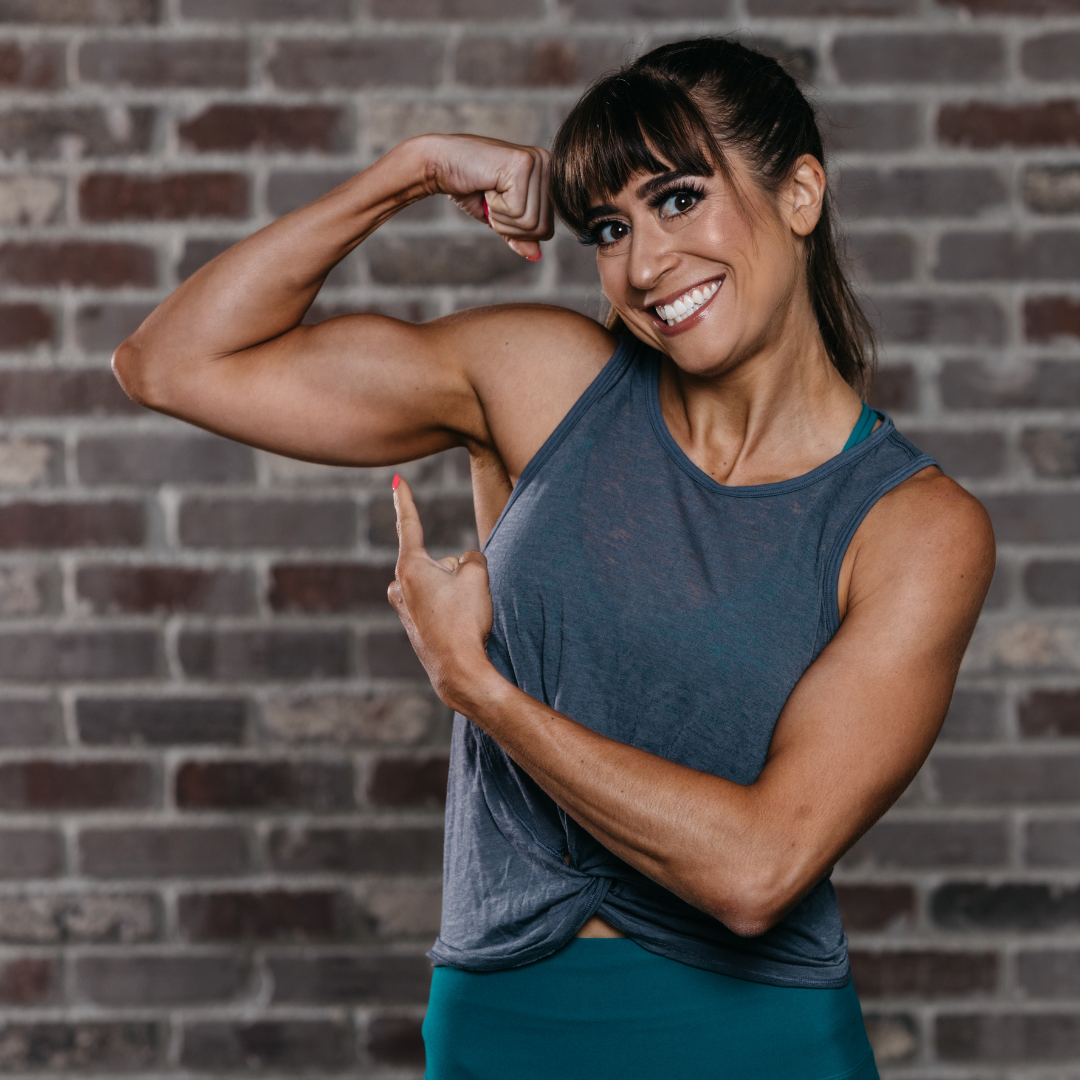
by Cori Lefkowith | May 12, 2024 | Blog, Exercises, Workouts
While cardio is important, we NEED to focus on building muscle with our training as well. And no, challenging yourself with heavy weights will NOT make you bulky… But it may be the secret to you feeling like your leanest, strongest self till your final day on this...

by Cori Lefkowith | Nov 9, 2023 | Blog, Diet, Exercises
Muscle is the secret to longevity. If you want to be lean and strong till your final day on this planet, you need to focus on building muscle. But if you want to build muscle, you’ve got to work at it. We lose muscle, and strength, as we get older, but part of that is...

by Cori Lefkowith | Aug 29, 2023 | Blog, Exercises, Workouts
We all want something that helps us get better results faster. It’s why, no matter how much we know, fad diets and extreme workout routines have an allure. But often, it is really small 1% improvements and tweaks to what we are currently doing that make the...

by Cori Lefkowith | Aug 6, 2023 | Blog, Exercises, Workouts
You want to see some serious strength gains, build lean muscle and improve your body composition? Then this workout design is something you’ll want to consider for your next training progression… It’s the 6-12-25 training technique. In this video, I’ll break down...

by Cori Lefkowith | Jun 25, 2023 | Blog, Exercises, Functional Fitness
So often we focus on progression only through adding loads or doing another rep with a weight. But at some point, you can’t just keep adding 5lbs every week. You can’t do another rep. That’s why creating progression through the same but different is so key. You don’t...






